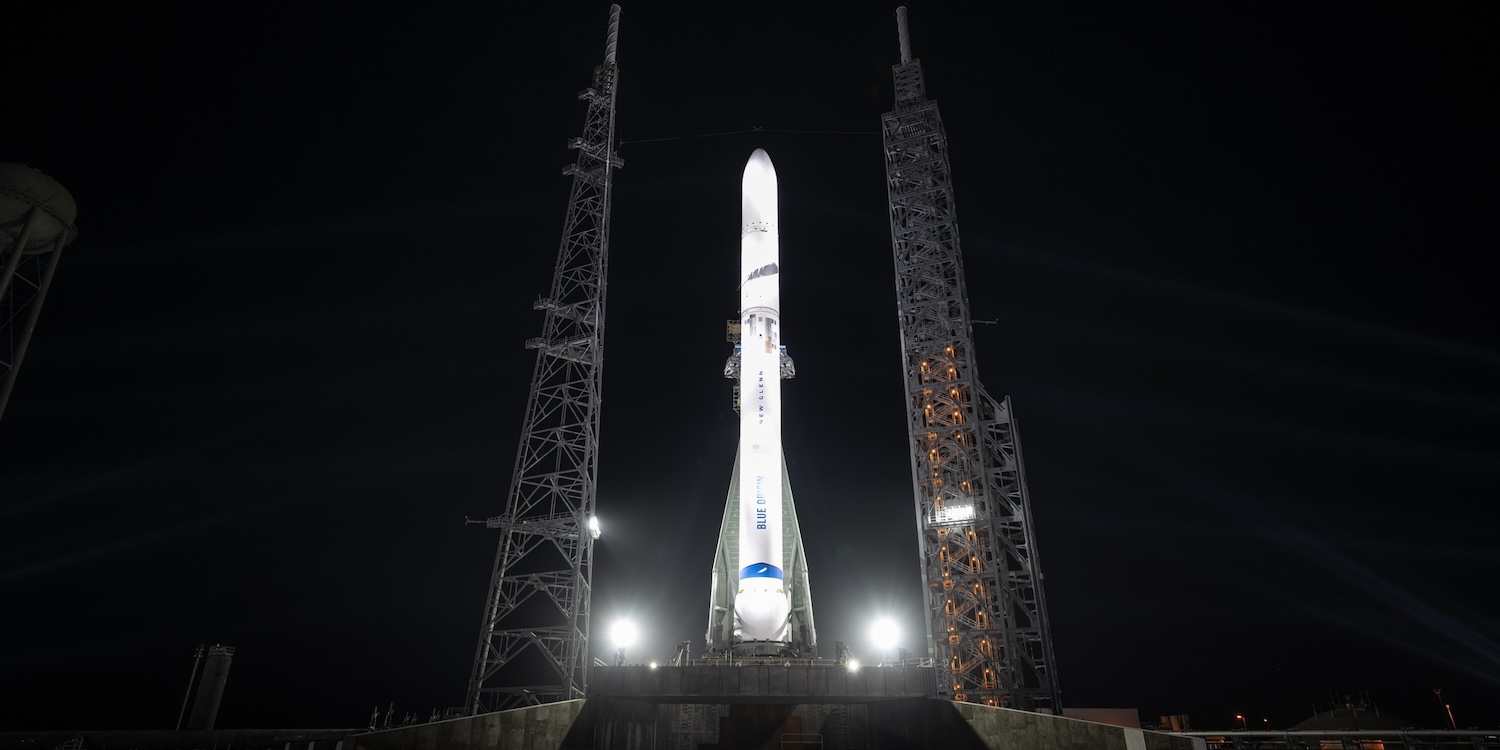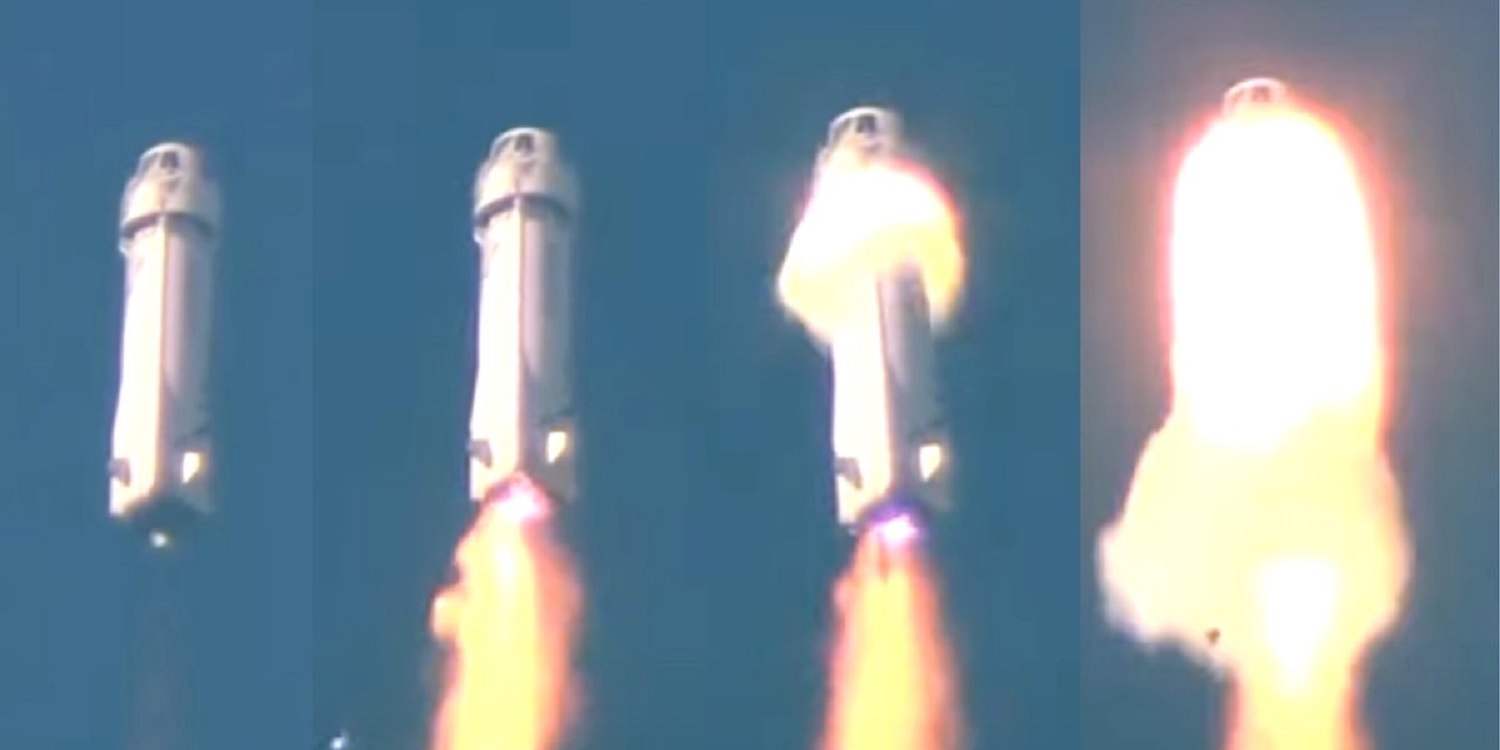
Blue Origin successfully completed its eighth human spaceflight and the 26th flight for the New Shepard program on Thursday August 29th, 2024. Our astronaut crew included: Nicolina Elrick, Rob Ferl, Eugene Grin, Dr. Eiman Jahangir, Karsen Kitchen, and Ephraim Rabin. Including today’s crew, New Shepard has now flown 43 people into space.
Karsen Kitchen made history as the youngest woman ever to cross the Kármán line. Rob Ferl became the first NASA-funded researcher to conduct an experiment as part of a commercial suborbital space crew.
Meet the crew
Nicolina Elrick
Nicolina is a philanthropist and entrepreneur whose career spans high fashion modeling to property development and founding multiple IT corporations in the 1990s. A graduate of CoachU and a vocal advocate for STEM education, she has dedicated her life to mentoring aspiring entrepreneurs. Her forthcoming biography, "Grit, Diamonds, Stars," delves into her journey, offering insights into overcoming hardship with grace and determination. Based in Singapore, Nicolina is a certified helicopter pilot and a spirited explorer with a love for cars, fine wine, and the occasional cigar.
Rob Ferl
Rob is a distinguished professor and director of the Astraeus Space Institute at the University of Florida. He has spent his career studying how living organisms respond to extreme conditions, especially microgravity. He and his colleagues have worked with NASA astronauts to conduct numerous experiments on the International Space Station that have shown that plants turn certain genes on and off in response to changes in gravity. They were also the first to prove that plants could grow in lunar soil collected during the Apollo missions. Ferl is also a national leader in space policy, having recently chaired a National Academies of Sciences committee on the direction of space biology research over the next decade. Rob received funding for this technology flight test through a NASA TechFlights grant by the agency’s Flight Opportunities program as well as from NASA’s Division of Biological and Physical Sciences.
Eugene Grin
Eugene was born in Ukraine and emigrated to the United States in 1979, where he started his career in real estate and finance. His passions include meditation, travel, and adventure sports. He lives in upstate New York and has four children.
Dr. Eiman Jahangir
Eiman is a cardiologist and Associate Professor of Medicine and Radiology at Vanderbilt University Medical Center, where he treats patients with heart disease and educates future physicians. Outside of medicine, he has a passion for exploration, including a lifelong dream of going to space. Over the past two decades, Eiman has participated in analog astronaut missions and trained in various aspects of human spaceflight. This mission not only fulfills his dream but also represents his vision of making space accessible to everyone. Eiman's seat is sponsored by MoonDAO, an organization whose mission is to accelerate a multiplanetary future.
Karsen Kitchen
Karsen is poised to make history as the youngest woman ever to cross the Kármán line. A senior at the University of North Carolina at Chapel Hill, Karsen is majoring in Communications and Astronomy. After graduation, she intends to pursue a career in the space industry. In 2024, she founded Orbitelle, an initiative to encourage women to pursue careers in the space industry. Karsen has researched radio astronomy at the Green Bank Observatory in West Virginia and worked at UNC's Morehead Planetarium. She’s also immersed herself in centrifugal force training, experienced weightlessness during a Zero-Gravity flight, and currently in training for her scuba diving license.
Ephraim Rabin
Ephraim is an American-Israeli businessman, philanthropist, and entrepreneur. He is the founder and CEO of Parchem Fine & Specialty Chemicals, a technology company revolutionizing supply chains for specialized raw materials and ingredients globally. Ephraim is a trustee and mentor at a variety of organizations and think tanks, as well as a race car driver, chef, and avid skier and adventurer. Ephraim and his family split their time between New York, Israel, and the Caribbean.
Source: Blue Origin

 Source: Blue Origin
Source: Blue Origin 



